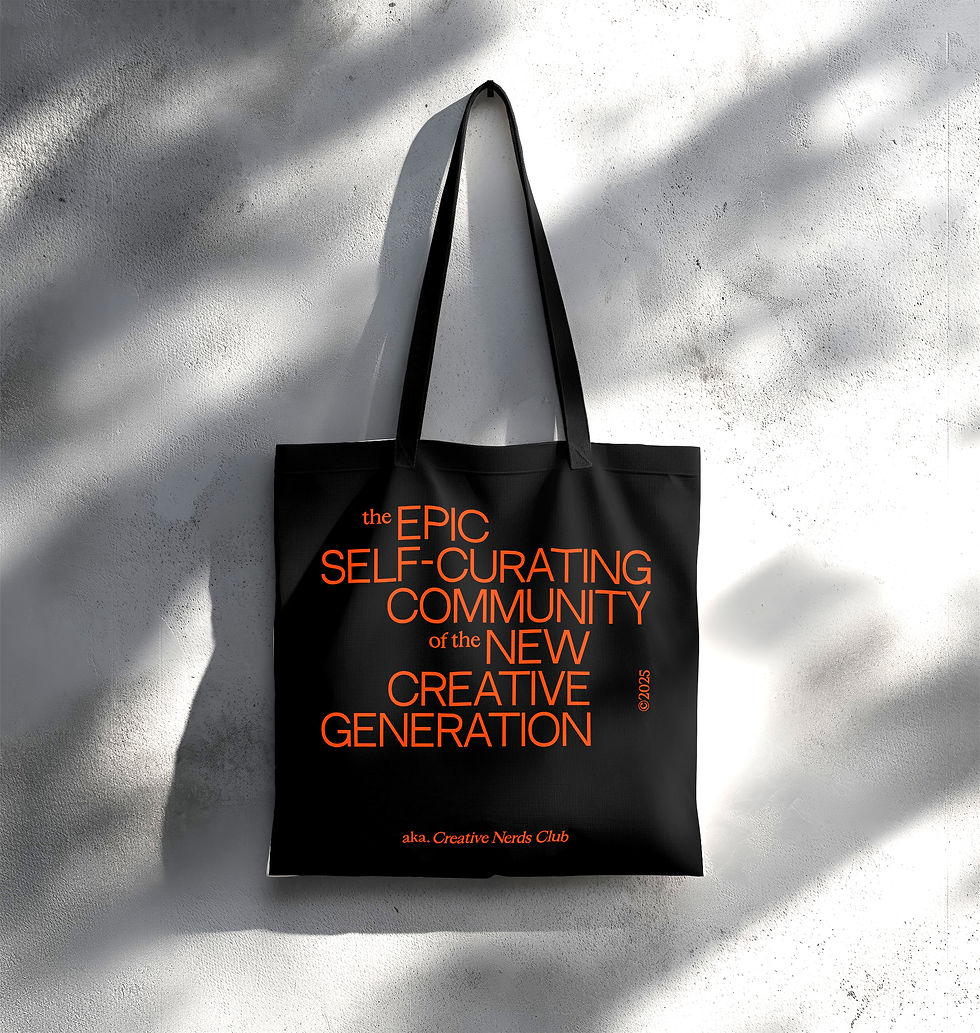5 Sustainable Projects Featured at Dutch Design Week’23
- Onur Çoban

- Oct 31, 2023
- 3 min read

For the past 20 years, Dutch Design Week has been a festival emphasising the design of the future and the future of design. Inviting participants to imagine the future of the world in 50 or 100 years and address pressing current issues from the climate crisis to social inequality, we have compiled 5 sustainability-oriented green projects that stand out this year at Dutch Design Week.
Urban Reef
Urban Reef designs and creates open-ended habitats that encourage the growth and diversity of life in urban environments such as streetscapes, squares and buildings. To coexist with transhuman life, urban environments need more space for uncontrolled and emerging ecologies, both physically and in our collective thinking.
Their prototypes, called "Reefs", are designed to integrate open systems and regenerative design into the city. The reefs are created using bio-based algorithms and 3D printed with (living) materials. Linked to passive flows rich in sunlight, water, nutrients and minerals, the reefs provide a range of microclimates and store nutrients that benefit more than humans, complementing human-centred design approaches of urban environments.
Living Cocoon | Loop Biotech
The Living Coffin embodies living design in production that promotes biodiversity and nurtures the earth. A testament to creating products that give back to nature, it is a model for a sustainable future.
Loop Biotech's work is an innovative, sustainable burial solution that uses fungi and organic materials to redefine the end-of-life experience. Made from mycelium (the vegetative part of fungi) and recycled hemp fibre, this product is biodegradable and enriches the soil during decomposition. This unique product addresses environmental concerns associated with traditional burial practices by reducing waste, absorbing CO2 and increasing biodiversity. By promoting sustainability and regenerative design, Loop Living Cocoon supports a harmonious relationship between people and nature. It has established valuable partnerships with funeral homes across Europe, has been recognised with several awards and has been chosen by more than 500 people seeking an environmentally responsible final resting option.
Cutting Edges | Schoenenkwartier
In Cutting Edges, Shoe Quarter explores and pushes the boundaries of the contemporary shoe industry. New materials and techniques - such as 3D printing and the reuse of old trainers - together with familiar techniques challenge the dynamics of this age-old industry.
Their experiments, exhibited in relation to the museum's existing collection, demonstrate new ways of production that are more sustainable, inclusive and local. Cutting Edges offers a new perspective on a profession that is still deeply intertwined with its history. A space where experimentation and reflection offer new possibilities and provocative opportunities for the industry, its producers and users.
Tête-à-Terra | Mono Earth & Kalebodur
Where the vastness of nature meets design, Tête-à-Terra is a celebration of life, culture, art, dialogue and hope. The walls of Tête-à-Terra offer a space for random encounters and pauses, a conversation stimulus that fulfils its purpose more deeply when experienced by visitors. The two gently undulating walls stand facing each other, expressing an intimate space whose purpose is more deeply realised when activated by visitors, becoming a place for meaningful human interactions and understanding between different points of view.
The Tête-à-Terra pavilion is made of earth bricks in collaboration with Mono Earth and Kalebodur, where unique soils from various regions of Cappadocia are combined with ceramic powder, an abundant industrial waste material, through an upcycling process.
A Walk in the Symbiocene | Babel

Insects are expected to be greatly affected by the climate crisis. Babel has developed a shelter that provides refuge for insects in difficult times. The tower collects rainwater and redistributes it to the plants growing around the tower during periods of drought. These plants are crucial for creating a healthy environment for our little friends. The shelter takes the form of a 3D printed clay tower.
Babel is a design initiative founded by Iris Bekkers (Amersfoort, 1996) and Shams Hazim (Den Bosch, 1997). In response to the challenges posed by climate change and biodiversity loss, they develop climate-adaptive and ecosystem-inclusive design solutions. They do this by utilising data, materials and manufacturing research and by using nature-inclusive design methods.















































